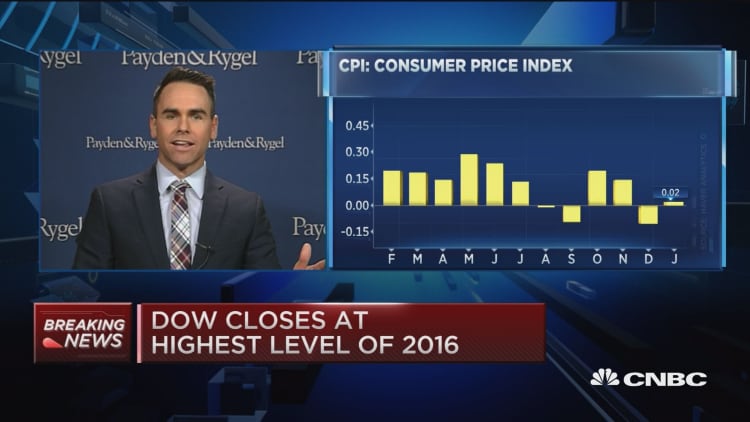



Global equity investors need to rethink their trading strategies radically following a dovish U.S. Federal Reserve meeting last week, according to one investment house.
"After seven years of having a structural (overweight) stance on global equities, we now believe the regime has fundamentally changed," a team of analysts, led by Mislav Matejka, at JPMorgan Cazenove said in a note Monday.
Europe and Japan were the focus for fund flows last year as the European Central Bank (ECB) and the Bank of Japan fought the threat of deflation - and subsequently devalued their currencies - with aggressive monetary easing.
However, a dovish Federal Open Markets Committee meeting last week - which dialed back on the amount of rate hikes it would perform this year - has changed the game and weakened the dollar versus the euro and . Thus diminishing any boon that a weak currency would give to export-focused companies for these two regions.
"ECB action is behind us, euro strengthening is a problem, relative valuations are unexciting and the region is a consensus (overweight)," JPMorgan Cazenove's note highlighted.
ECB President Mario Draghi unveiled a raft of stimulus measures earlier this month. However, more a targeted "credit easing" by the bank led many analysts to speculate that the Italian was no longer concerned with trying to lower the price of the single currency.
JPMorgan Cazenove reiterated its recent downgrade of Japanese equities and remains "neutral" on euro zone. However, rather than rotating into U.S. equities, the investment bank believes that emerging markets would be a better option amid a softening dollar and kept its outlook for American stocks at "underweight."
Sell rallies?
"We think that one should not be buying the dips anymore, but use any rallies as selling opportunities," the bank noted, alongside a decision to move to an "overweight" position on emerging markets versus developed markets.
"We believe that EM (emerging market) will perform better in the environment of weakening USD (U.S. dollar), following a poor five-year run," it added.
The MSCI emerging markets index is currently up over 4 percent this year while most developed market indexes have struggled to push into positive territory. This is a sharp turnaround from the 16 percent drop last year as investors brought their dollars back home in anticipation of higher yields in the U.S.
Fund flows into emerging markets were flat in February after seven straight months of outflows, according to data at the beginning of March from the Institute of International Finance.
JPMorgan Cazenove might be cautious on U.S. stocks might there are some analysts who are still predicting a leg higher for American benchmarks.
"I think there's a little more room to run here on the S&P 500," Stephen Suttmeier told CNBC's "Futures Now" last week.
"We're going to stay very short-term positive," he said, adding that stocks would be in the clear if the trades above its long-term 200-day moving average.







